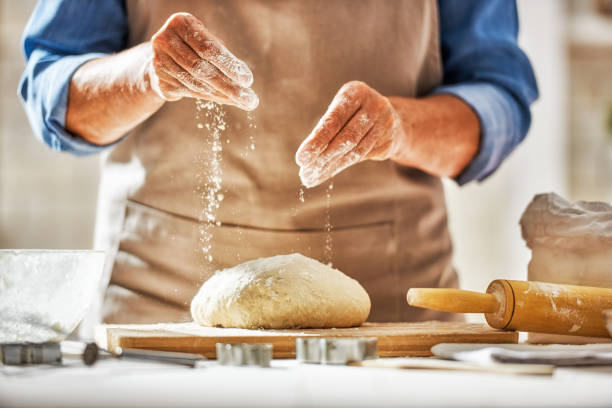How to Make Frozen Paratha At Home
This frozen paratha is a lifesaver when you want a good meal but don't have time to cook. Homemade frozen paratha (fried tortilla) is much more nutritious and environmentally friendly than store-bought tortillas. It tastes just like real paratha (too bad about the packaged paratha).
You don't have to spend all day in the kitchen rolling and
freezing parathas. You can use the leftover roti/chapati dough every night and
freeze the paratha. Every time I eat more atta, I roll 1 or 2 parathas and
before you know it, in a month you have a stack of 30-40 fresh homemade
parathas in front of you! That's a lot, by the way. Also great if you want to
cook for Ramzan.
FAQ.
Can I freeze already-cooked paratha?
Ready-made paratha does not usually keep well in the
freezer. Unfortunately, I have to say no.
Are frozen parathas safe?
Commercial parathas are usually made from the same dough as
puff pastry. This is because parathas need a lot of fat and oil to be soft on
the inside and crispy on the outside. Even when wholemeal flour is offered as
an option, there is still plenty of butter. Since tea drinkers eat parathas
regularly, buying store-bought parathas may not be a good idea. Of course, even
frozen parathas
are much tastier and more nutritious than anything else! Made from high-quality
organic ghee and wholemeal flour, homemade paratha is a good source of B
vitamins, fiber, and healthy carbohydrates. It is also preservative free.
How long can prepared be stored frozen?
It can be stored in the freezer for up to two months, or
even three in some cases. After that, it can be frozen in the freezer.
Unfortunately, we do not use oil or ghee trucks, so the shelf life is limited.
Can I use oil instead of ghee?
You can use butter instead of ghee. In this case, freezing
method 2 is the most effective option.
Ingredients.
- Chakki Atta (whole wheat flour) - Chakki Atta is best for
making paratha and roti and is used by most tea families to make all kinds of
flatbreads. It is definitely more nutritious than whole wheat flour. It's
important to know that Chakki Atta is different from regular whole wheat flour
found in grocery stores in the US. So, if you want to make an authentic paratha,
you need to look specifically for Chakki Atta. You can find it in Asian grocery
stores.
- Paratha should not only be salted but also seasoned. A
few pinches of salt is enough to season the tortillas.
- Water - Room temperature water or hot water is best for
kneading the dough.
- Melted clarified butter (ghee) - clarified butter is
needed to roll and fold the dough or paratha. I prefer to use melted butter
because I need less. The application of melted butter is done in several steps.
If you use melted butter, you will need more than one tablespoon per paratha.
You can also use butter, but the result may vary.
Preparing the Dough
You can prepare the dough in a food processor with a dough
hook or just make it by hand. You will find a short video tutorial at the end
of this article.
Start with the flour, salt, and melted butter. Make sure the
melted butter is evenly distributed throughout the dough. Then slowly add the
water until the flour is completely incorporated. Do not knead the dough at
this point. Let the flour absorb the water and form a dough. It may be crumbly
or not smooth, but that's okay. Trust the process.
Cover the dough with cling film and let it rest in the
refrigerator for 30-40 minutes. This will activate the gluten in the dough and
make it easier to knead.
Take the dough out of the refrigerator and knead it with
your fist for 5-6 minutes. The dough should be smooth and even and feel
slightly elastic to the touch. The dough can be rolled out as is and stored in
the refrigerator for up to 5 days.



